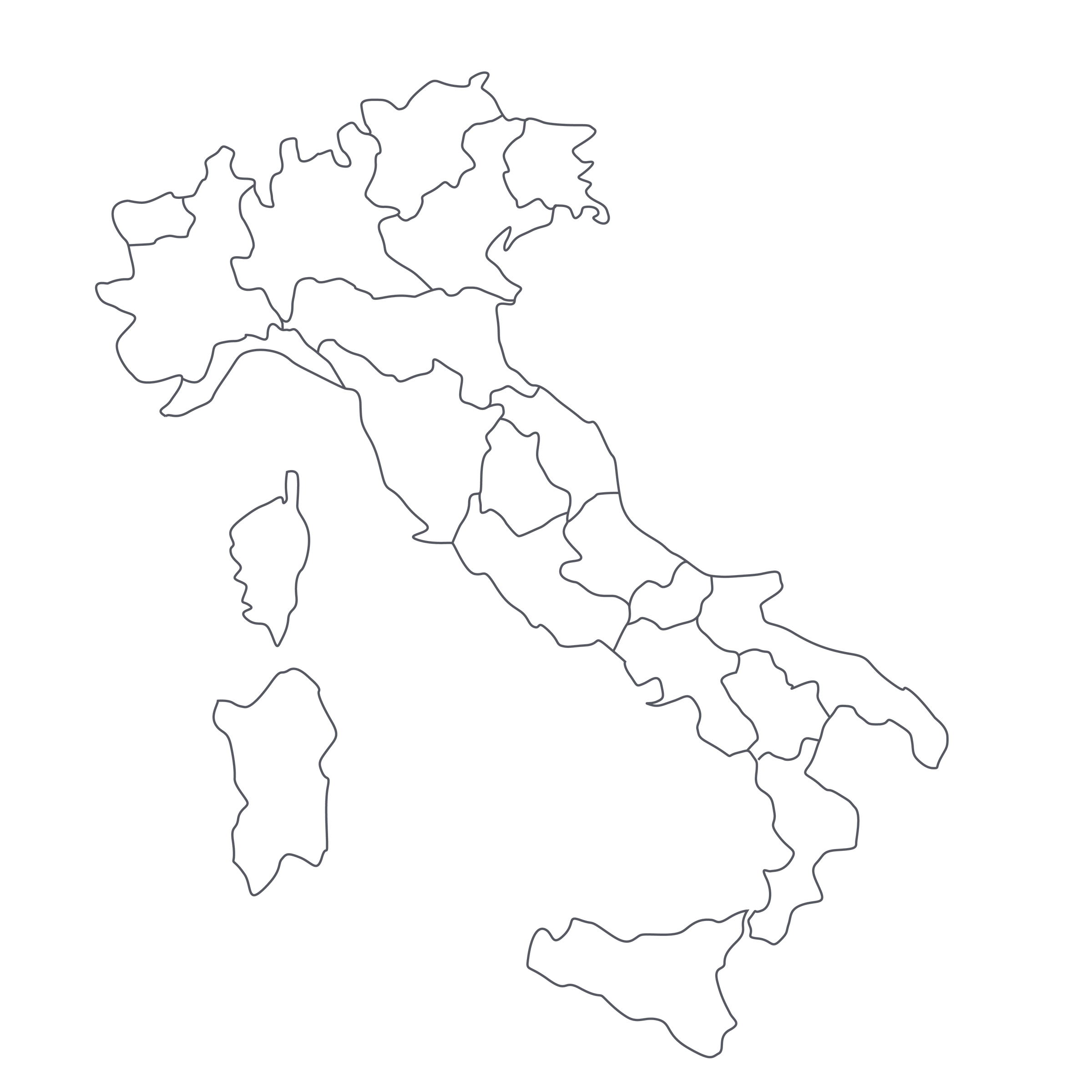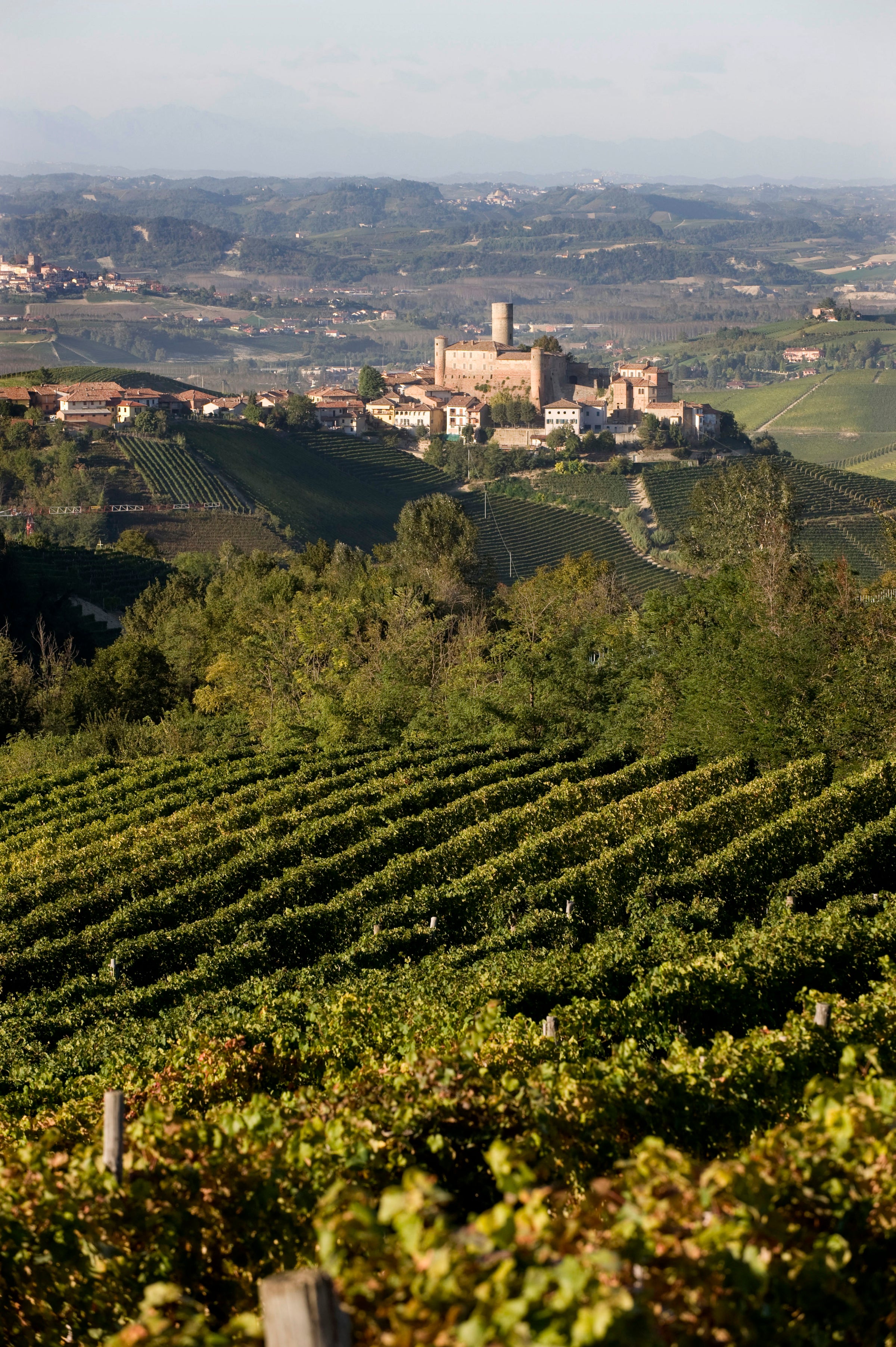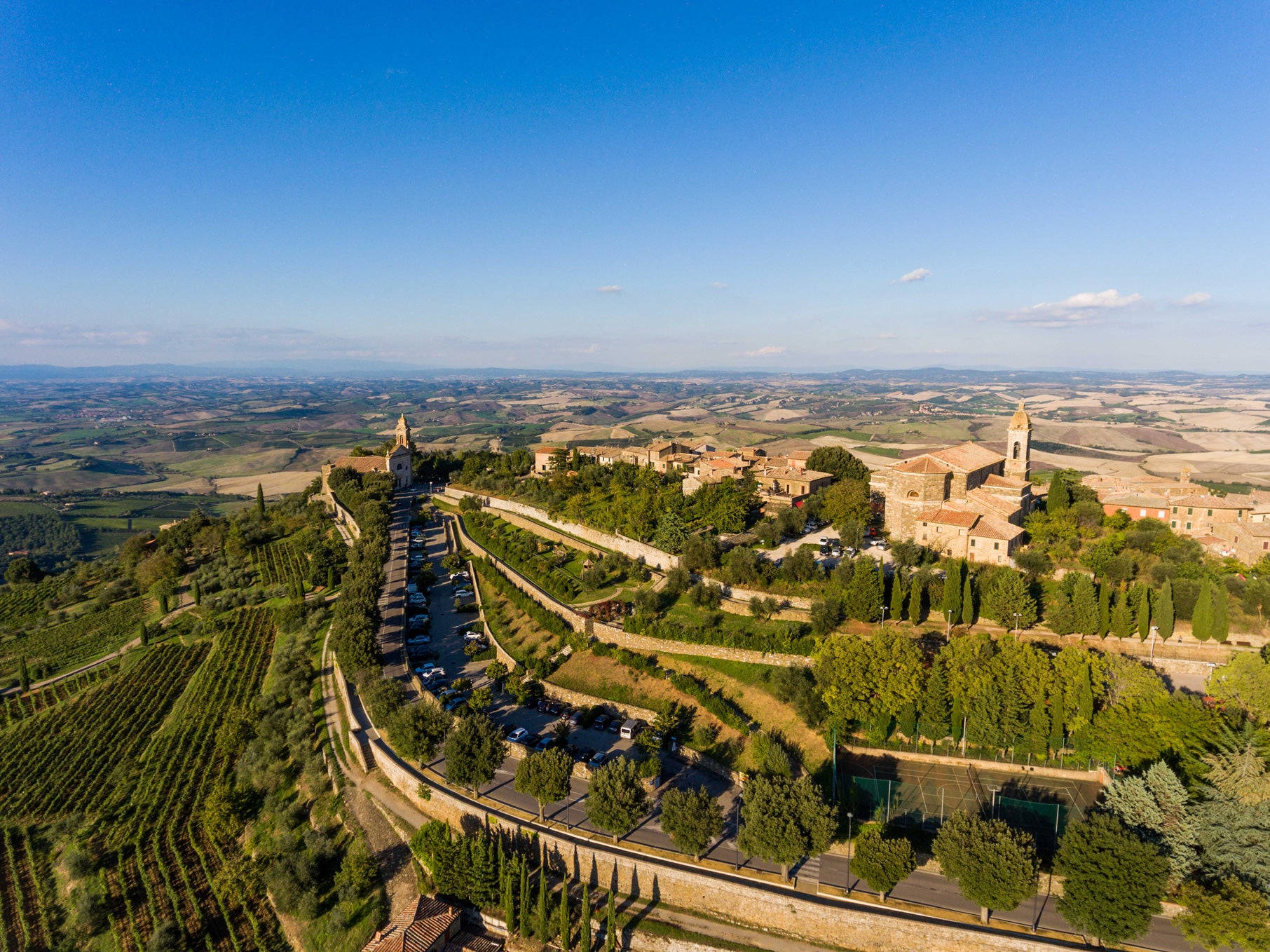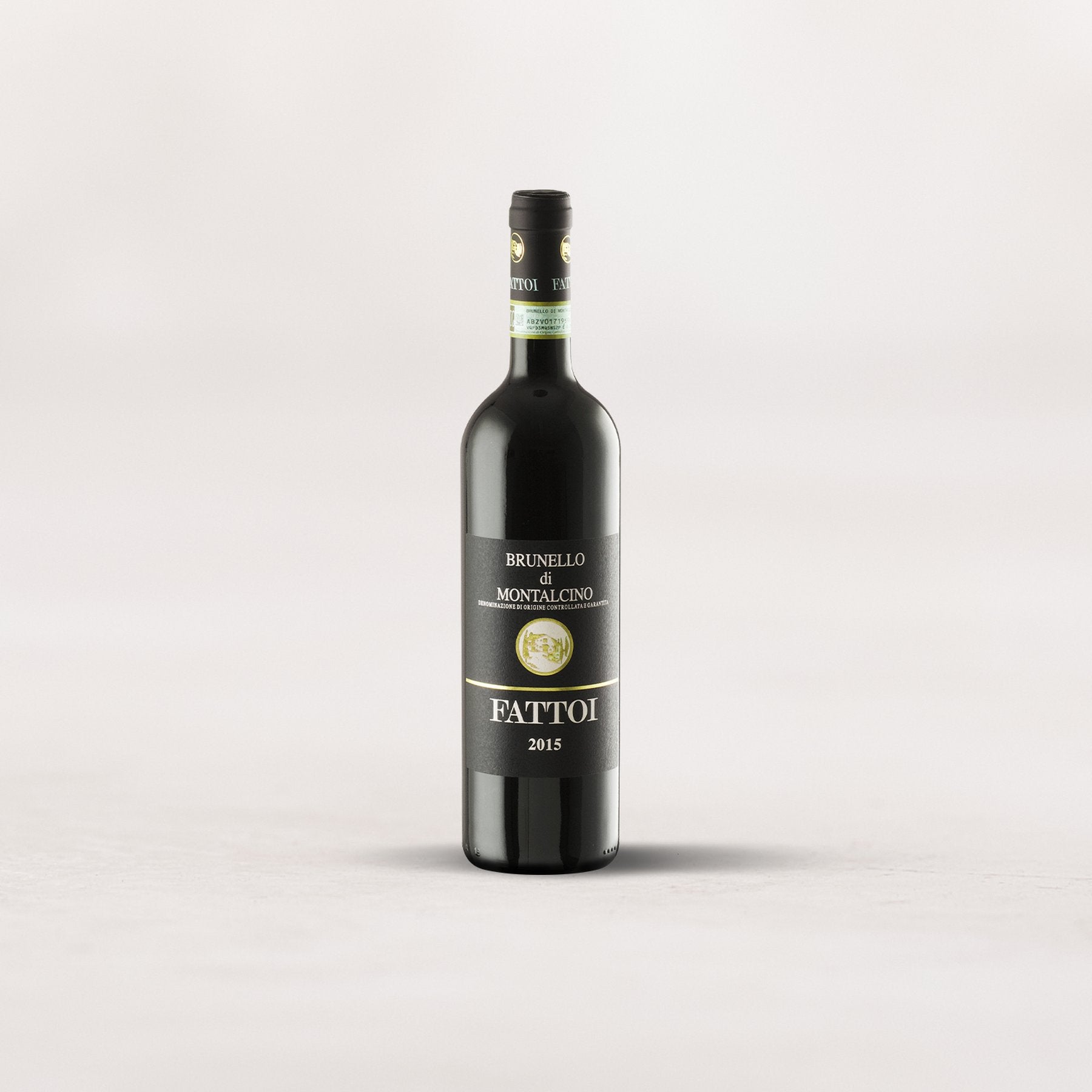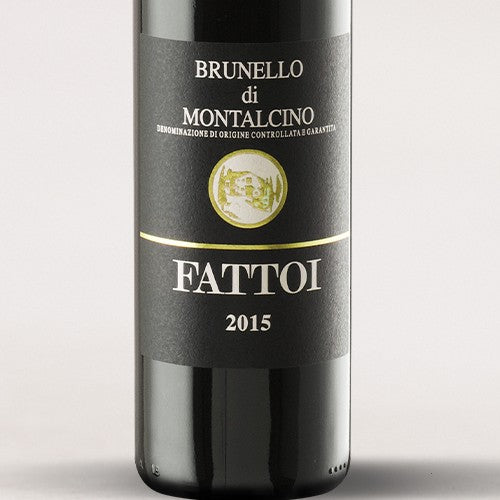When you taste as much wine as we do, your next “best [XX] I’ve tasted in a while” is always right around the corner. We fall in love a lot, but for me, this 2015 Brunello from Fattoi might just be “the one.”
You never know what next week might bring, but Fattoi swept me off my feet with this sumptuous, aromatic, beautifully balanced Sangiovese. Dare I say that it’s perfect, both for enjoying now and for cellaring for the next 10-15 years? Yes, and I’d be remiss if I didn’t highlight what a hidden gem the Fattoi property is, perched on the same slope as two of the most revered wineries in Montalcino—Soldera’s Case Basse and Gaja’s Pieve di Santa Restituta. Look at the prices for those two titans, then look at the modest ask for Fattoi’s version—from one of the greatest Brunello vintages in recent memory, no less—and there’s nothing left for me to say. This wine is spot-on in every way, and will linger in your memory indefinitely, as it has mine. Pounce!
Fattoi’s wines aren’t about oak-derived polish and/or excessive concentration; they are always an evocation of Montalcino’s densely wooded slopes and Sangiovese’s ability to pour that place into the glass. The Fattoi family acquired their property in the mid-’60s and began producing wines commercially in 1979. The estate is on Montalcino’s southwest slope and covers 70 hectares in total, of which nine are devoted to Sangiovese for Brunello and Rosso and five to olive groves. There’s a landmark nearby that will resonate with Brunello insiders: the Chiesa di Santa Restituta, a parish church dating to the Middle Ages and the namesake of Angelo Gaja’s Montalcino property. Just upslope from that landmark is the estate of the late Gianfranco Soldera, a mythical figure in Montalcino wine. This is what you might call prime real estate.
Currently run by Leonardo and Lamberto Fattoi, the estate remains “boutique” in terms of overall production: 20,000 bottles of Brunello di Montalcino and 25,000 bottles of Rosso di Montalcino per year. It’s a straightforward, three-wine lineup—Rosso, Brunello, and in some vintages, Brunello Riserva. In other words, they do one thing—Sangiovese—and they do it very, very well. Today’s ’15 was fermented in stainless steel tanks, where it was subjected to 18 days of skin maceration. The finished wine was aged for 2 years in a mix of 33- to 45-hectoliter Slavonian oak barrels and French oak tonneaux, then in bottle, before its initial release at the beginning of 2019. It has found its way to our market with a further bottle age under its belt, and it is in a beautiful place right now—youthful and bursting with cherry fruit, but with the underlying structure for laying down.
More than anything, what this wine showcases is balance—of fruit and earth, of acid and tannin. We’re conditioned to think of “young” wines (and this would qualify) as needing lots of tannin to gird them for the long haul, but that’s not it. Acidity is more important than tannin and balance is most important of all. In the glass, this wine delivers the full range of Sangiovese aromas: black and red cherry, wild strawberry, orange peel, tomato leaf, licorice, leather, bay leaf, underbrush…you name it. Texturally, meanwhile, it’s a full-bodied red in full “Goldilocks” mode: not too tannic, not too high in alcohol, not too sharply acidic, not too chunky/oaky fruity. It is powerful, but in a sinewy, tangy, refreshingly juicy way. I guess what I’m trying to say is that it is exceptionally good. If you’re able, grab up to six bottles of this; open one now and enjoy it slowly, maybe over a two- or three-day period (although that will be tough). Pour some into large Bordeaux stems at 60-65 degrees and pair it with a Tuscan-style pork roast. Goosebumps, trust me!
